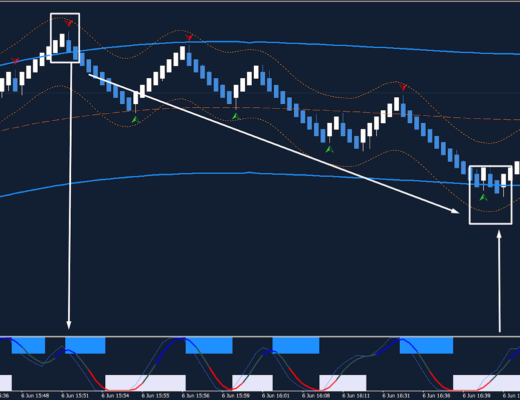Short position: features of the strategy and its risks
A short position is a trading strategy based on the assumption that the value of an asset will decline. In simple terms, a trader’s profit is the difference between buying at a low price and selling at a high price.
For example, market trends indicate that an asset will decrease in value. In such a case, it would be more profitable to open a trade not to buy the asset, but to sell it. If you open a sell position for $100 and the price falls to $50, then the trader will receive a profit equal to the difference of these amounts – $50. It is important to understand that the trader does not yet have his own shares or other assets, and in order to make a profit he needs to take them somewhere. Usually, the trader turns to a broker for help and then sells the shares. In this case, it is necessary to buy the assets at a low price and then return the loan to the broker.
After a trader opens a short, the price of the stock may rise, resulting in losses. Moreover, losses can exceed 100% of the invested funds, as the stock price can rise rapidly and indefinitely. Therefore, before opening a short position, the market should be thoroughly analyzed. There are a number of trends when such a strategy can bring good profits, for example, in times of financial crisis or pandemic. These situations are rare, but at such times it is profitable to use the short strategy. Another possibility for opening a short position is a scandal involving large companies. Disclosure of fraud, quality problems, and other factors can cause the share price to collapse. In this case, it would be best to use the outlined strategy.
Another possibility for opening a short position is a scandal involving large companies. Disclosure of fraud, quality problems, and other factors can cause the share price to collapse. In this case, it would be best to use the outlined strategy.
Poor results in the company’s financial report. A company’s stock price may fall after it reports earnings. If the results are below forecasts and this dynamic continues for a certain period of time, you can bet on a further decline in the share price.
Short selling is a universal strategy that is suitable for a wide range of assets. It is possible to go short on commodity markets as well as on bonds and indices. It should be understood that the use of such a strategy is speculative in nature and can be used for short-term gains as well as for medium-term planning. In this case, the maximum profit indicator will be identical to the price of the asset at the time of opening the transaction.
To understand the expediency of short selling, traders use technical analysis tools, studying the descending figure or moving averages. If there is a bearish breakout on a chart with an uptrend, a short position can also be opened.










